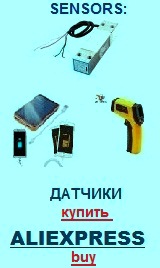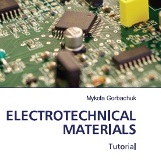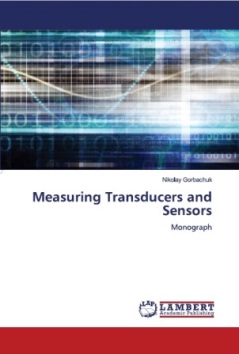Transducers, gauges, sensors - Information portal © 2011 - 2025 Use of material is possible by placing an active link
Weight sensors. Methods and tools for converting
The principles of construction, designs, physical bases and characteristics of different scales.
Electromechanical sensors weight.
Weight sensors with strain gauges are the most accurate power measurement devices used for weighing. Balances are equipped with these sensors and their errors correspond uncertainty range of trade balance. Along with strain gauges in the balance built resistance that configure the bridge circuit, which ensures interoperability of sensors, and when the opportunity to include in the general scheme of multiple sensors. In characteristic strain gauge load cells indicated value of the output voltage in mV at full load, referred to 1 V supply voltage. Typically, this value is 2.1 mV / V. Overloading the nominal 150% is not offset. Overloads up to 500% of the nominal value of mechanical damage is also not arise.
Magnetoelastic sensor weight.
Magnetoelastic effect causes some materials (such as permalloy), subject to load, change their magnetic susceptibility. This material is used as the core of the coil, the impedance is reduced when the load increases due to the decrease of the magnetic susceptibility. These sensors have a relatively high output power, allowing you to use their output without amplification. However, the small range of linearity performance is insufficient for accurate measurements.
Inductive sensors weight.
The sensors of weight change in the inductance coil produces a displacement of the iron core under the influence of the measured force.Of particular importance in the field of weighing technology have the following devices:
a) two or four variable inductor (choke with dual retractable anchor or cross);
b) interaction with a changing inductance (differential transformer with retractable anchor).
Compared with strain gauges inductive load cells have a large output voltage, less sensitive to temperature and humidity, and large displacements of the anchor. These properties allow the use of soft springs, which in turn allows for the measurement of small efforts. However, the accuracy of inductive sensors weight lower than that of strain gauges.
Weight sensors to the device of electromagnetic force compensation.
This device is connected to the balance lever with compensation coil, which is in the field of the permanent magnet. The current in the windings of the coil controls the position sensor connected to an amplifier. Changing the current in the coil winding of the compensation is to obtain the balance. Load changes in the weights often change accordingly the current in the coil, which is a measure of the weight of the load.
Load cells with a vibrating string.
The principle of operation provides constant frequency vibration excitation pre stretched string with electromagnetic system and transfer to the string force developed in the load side of the balance loads with leverage.This effort increases the tension of the string and, as a consequence - the frequency of its vibrations. The change in frequency is a measure determined by the mass of cargo. The cell produces a digital signal. With these sensors can achieve high precision measurement of weight.
Hydraulic load cells.
Force is determined by measuring the pressure developed by the load on the piston or membrane hydraulic system. Liquid pressure is measured by a pressure gauge. Construction output with rubber membrane eliminates friction. In addition, the sensors of this type allow the deviation of the direction the acting force of up to 4 ° from the vertical, with no additional errors. Rubber membrane deflection at maximum load is 1-3 mm. The error is estimated to be ± 0,2% within the weighing. Weighing 50 kg to 500 tons.
Weight sensors using ionization methods of measurement.
Weighing with the use of radioactive isotopes can be done in two ways: by ray and scattering method.When using the radiographic measure radiation absorption loaded sample. The use of hard radiation allows us to consider the value of the mass attenuation coefficient independent of the chemical composition of the material. When using the method of scattering the direct radiation shielded. Lateral light scattering materials and sent to the detector. Non-contact method of weighing scales that can be used as a type of conveyor or truck scales, working under severe environmental conditions under which scales with conventional measuring systems wear out quickly. Uncertainty range can be up to several percent.
Home >> Manometers. Pressure gauge >> Weight sensors. Methods and tools for converting
русский / english
• Information about various converters and sensors of physical quantities, parameters of various physical processes is presented.
• Electrophysical properties and effects in various electrical materials.
• Theory, experimental results, practical application

Video:
Considered on strain gauges and load beams, how you can use them to measure weight. On the Wheatstone bridge, suitable amplifier circuits, and how µC can be used to output the measured values of a load cell system.
See also:
CONVERTERS, GAUGES, SENSORS
Information, news, advertising



